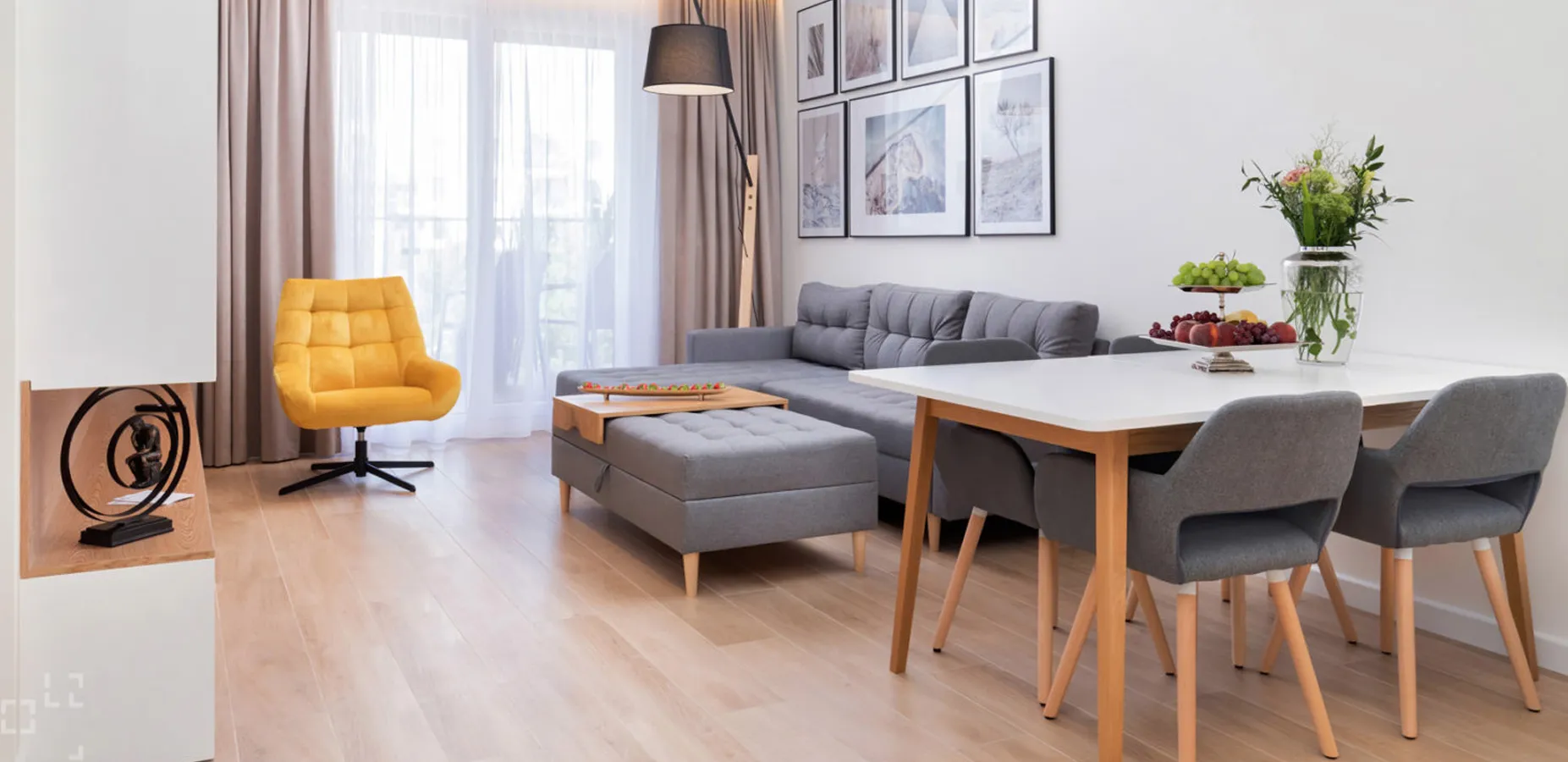Creative Ideas for Shed Skirting Design and Implementation
Shed Skirting Enhancing Your Garden Aesthetics and Functionality
Sheds are fundamental structures in many backyards and gardens. Whether used for storing gardening tools, bicycles, or seasonal decorations, their functionality cannot be overstated. However, many underestimate the aesthetic value that sheds can bring to a garden or outdoor space. A key element that often gets overlooked is shed skirting. In this article, we will explore what shed skirting is, its benefits, and how to implement it to enhance your outdoor area.
What is Shed Skirting?
Shed skirting refers to the material used to cover the bottom perimeter of a shed, creating a clean and finished look while also serving practical purposes. Skirting can be made from various materials, including wood, vinyl, metal, or even stone, and it typically extends from the base of the shed to the ground, sealing any gaps that might exist. This not only improves the aesthetics but also helps in protecting the shed from pests and moisture.
The Benefits of Shed Skirting
1. Aesthetic Appeal One of the most noticeable benefits of adding shed skirting is the improvement in visual appeal. A well-finished shed looks intentional and blends better with its surroundings. By choosing materials that match or complement the shed's exterior, you can create a cohesive look in your garden.
2. Protection from Pests By closing off the space beneath your shed, skirting can help deter rodents and insects from setting up home underneath. Creatures like raccoons, skunks, or even snakes might find a cozy spot below your shed. Skirting acts as a barrier that makes it harder for these animals to access your shed.
3. Reducing Moisture Exposure Exposed ground beneath a shed can lead to moisture issues. Skirting helps to keep moisture levels stable, reducing the risk of mold, rot, and other water-related problems. By having a solid base, you can extend the life of your shed and its contents.
4. Enhanced Curb Appeal A neatly skirted shed adds value to your property. Potential buyers often appreciate homes with well-maintained yards and structures. Skirting your shed can make it stand out positively when coupled with thoughtful landscaping.
shed skirting

5. Additional Storage With skirting, you can create hidden storage solutions. For example, some homeowners use the space around skirting to store garden equipment or firewood, ensuring the area remains tidy while maximizing storage efficiency.
Implementing Shed Skirting
When it comes to adding skirting to your shed, several steps should be considered
1. Choose the Right Material The material you choose should complement the style and color of your shed. If you have a wooden shed, wooden skirting can provide a seamless look. Vinyl and metal options offer durability but might contrast with the organic feel of a garden.
2. Measure the Perimeter Accurately measure the base of your shed to determine how much skirting you'll need. Make sure to account for any height differences as the ground may not be perfectly level.
3. Install Properly Proper installation is key. Make sure that the skirting fits snugly to prevent any gaps that pests could exploit. Depending on the material, you might need to use screws, nails, or a caulking gun for a clean finish.
4. Maintain Regularly Once your skirting is in place, don’t neglect it. Regular maintenance is essential, especially for wood materials that may require sealing or staining periodically.
Conclusion
Shed skirting is a simple yet effective way to enhance the functionality and appearance of your outdoor storage solutions. By investing in skirting, you not only protect your shed but also add value and style to your garden. With the right materials and careful installation, shed skirting can transform your shed from a simple storage unit into a charming garden feature. So why not consider upgrading your shed with skirting and enjoy the benefits it brings?
-
modern-interior-solutions-with-durable-pvc-material-skirtingAug.22,2025
-
elevating-outdoor-spaces-with-premium-wood-material-skirtingAug.22,2025
-
Waterproof Advantages of SPC Flooring Vinyl in KitchensAug.06,2025
-
SPC Hybrid Waterproof Flooring Thickness GuideAug.06,2025
-
Leveling Subfloor Before My Floor SPC InstallAug.06,2025
-
How Mesh Deck Skirting Improves Outdoor Pest ControlAug.06,2025




